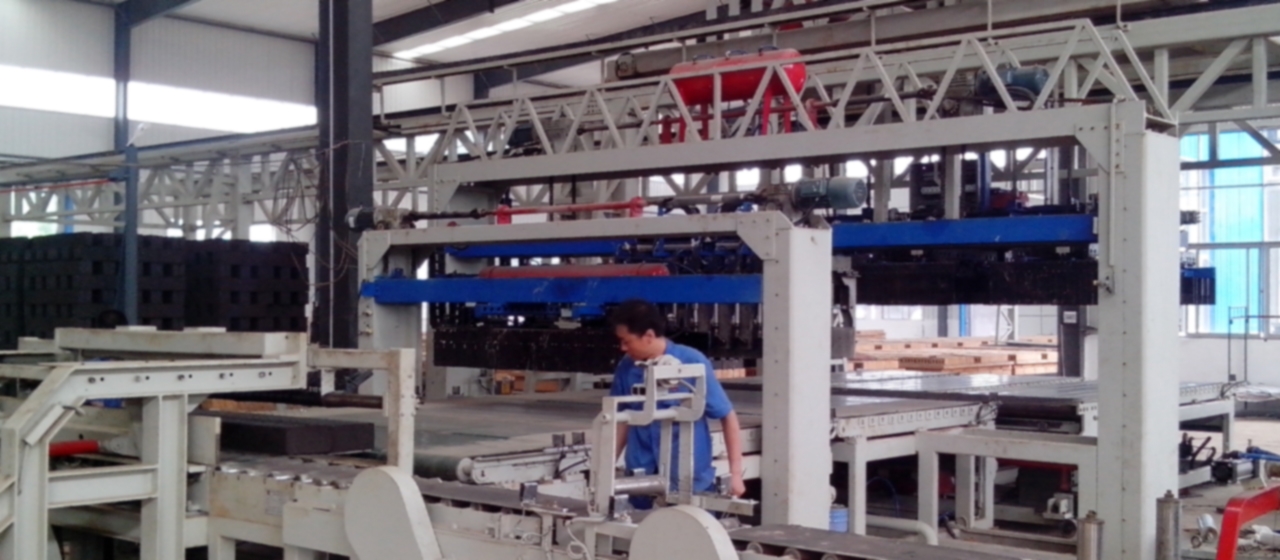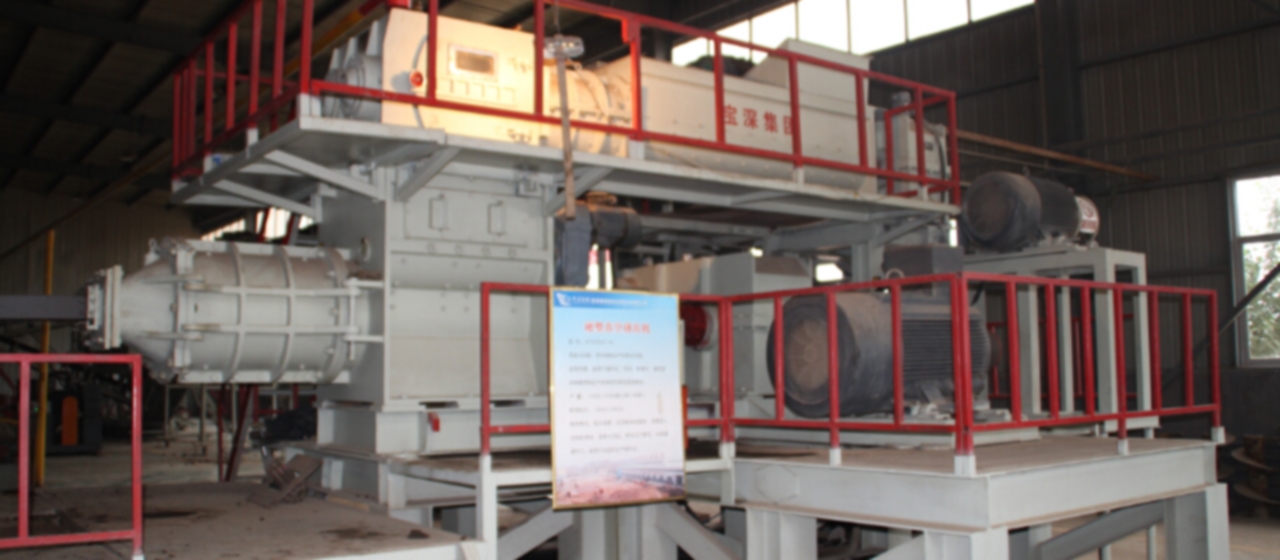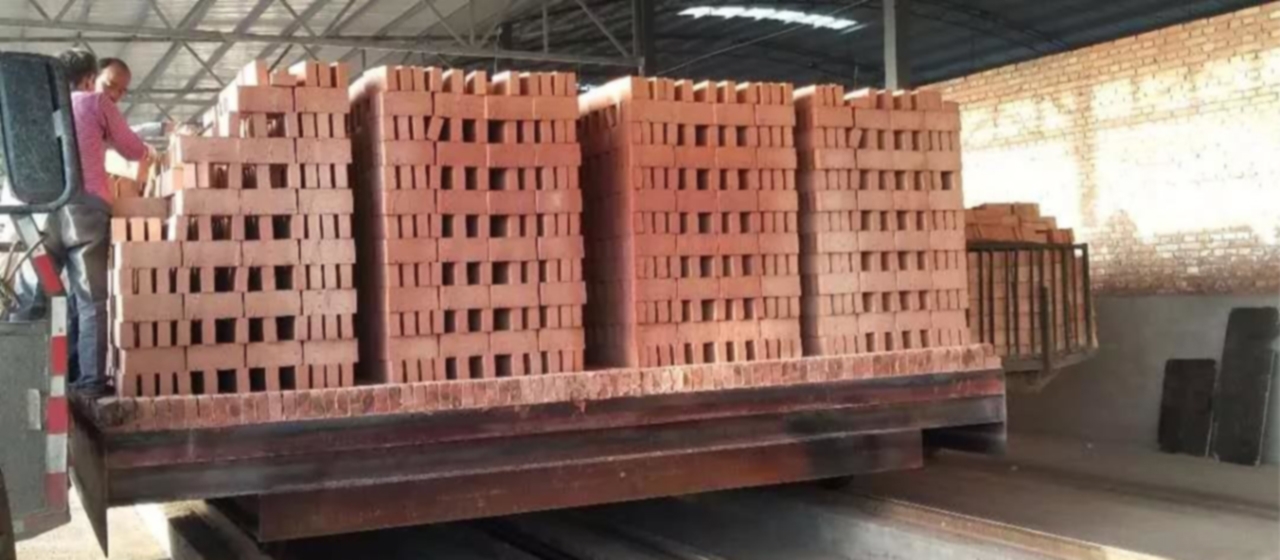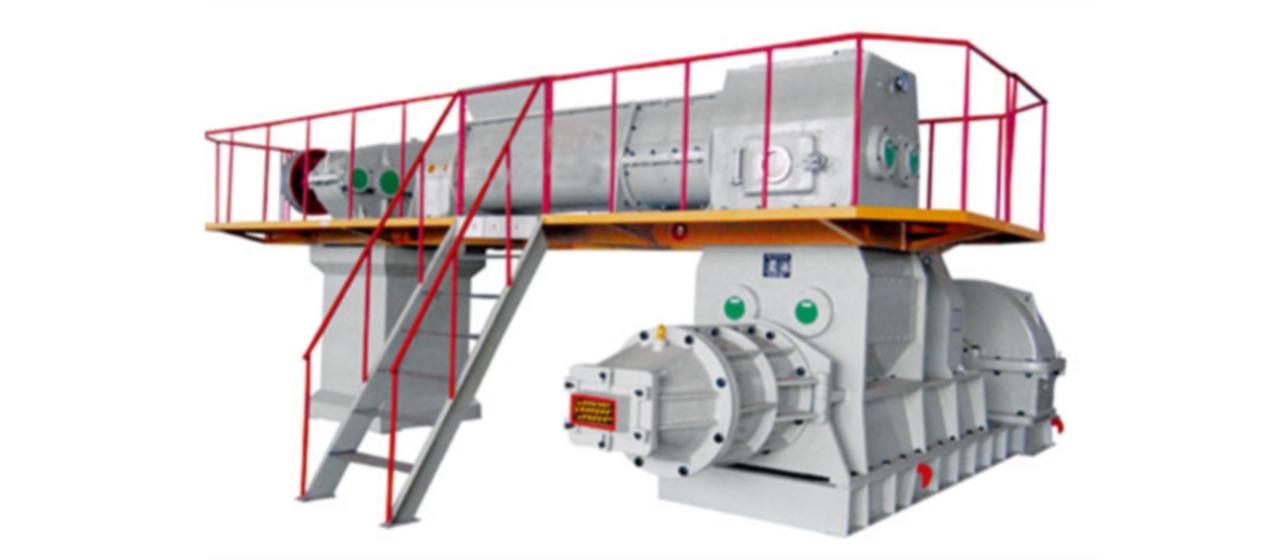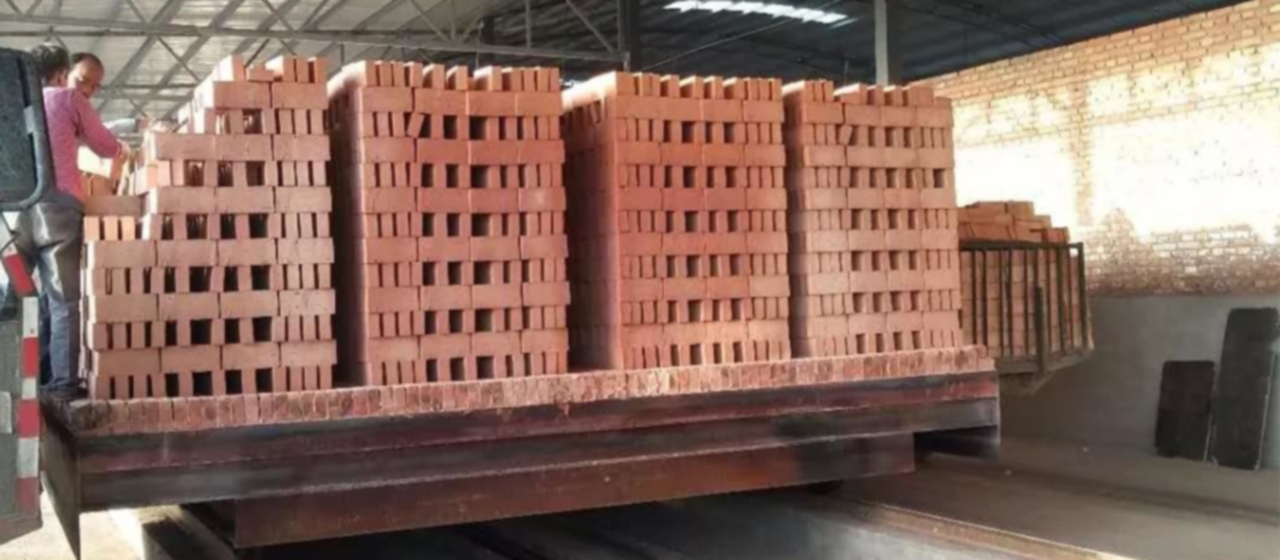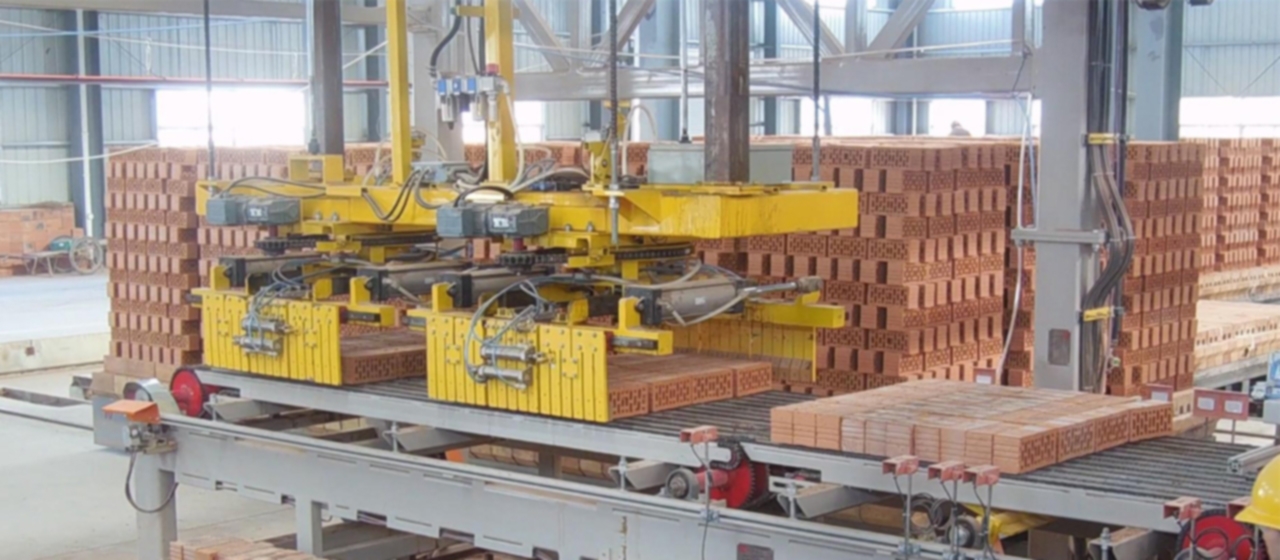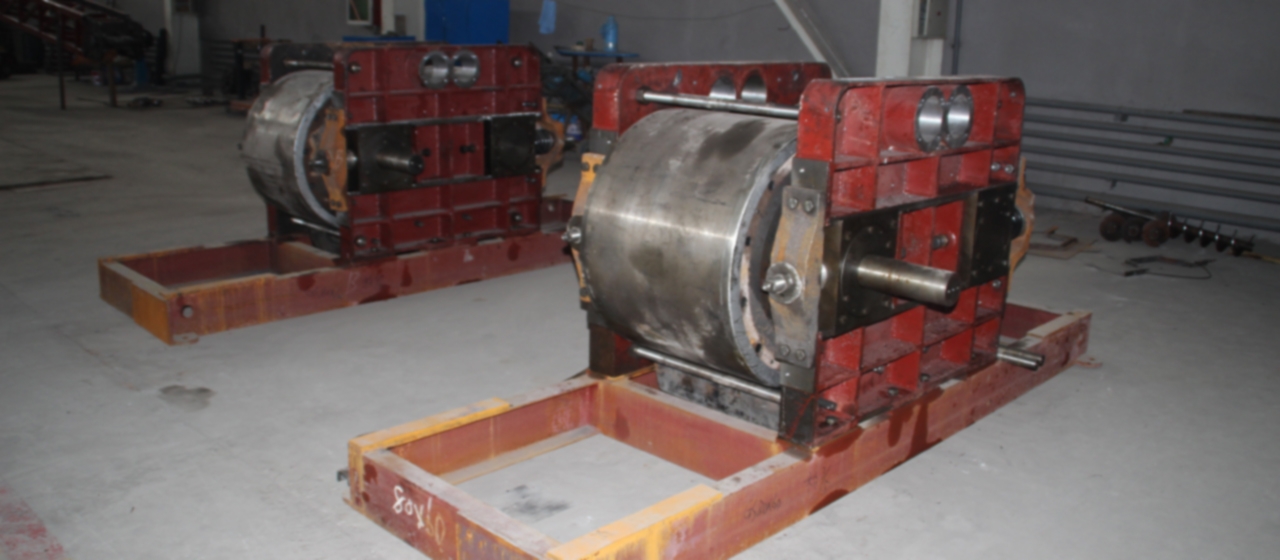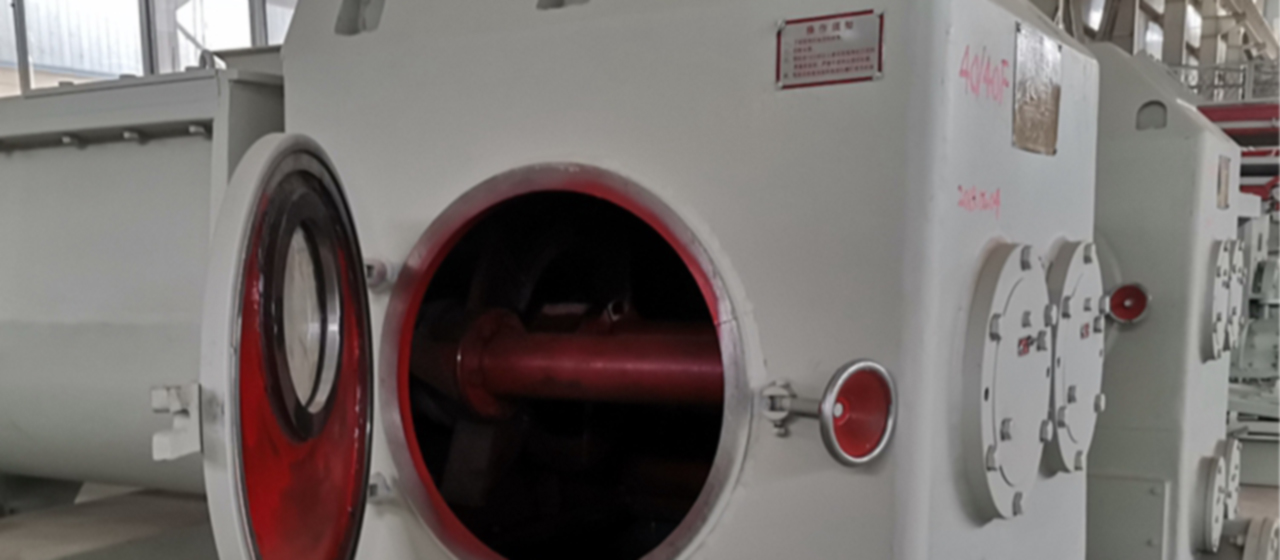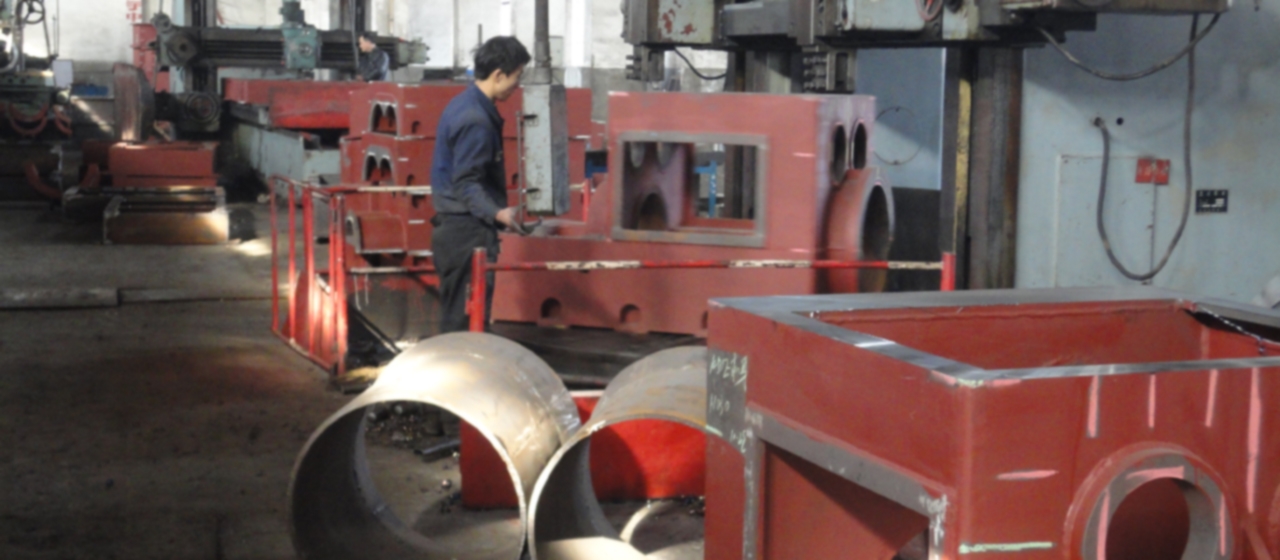brick making equipment
Analysis of the reasons for the quality problems of brick blanks in the drying room
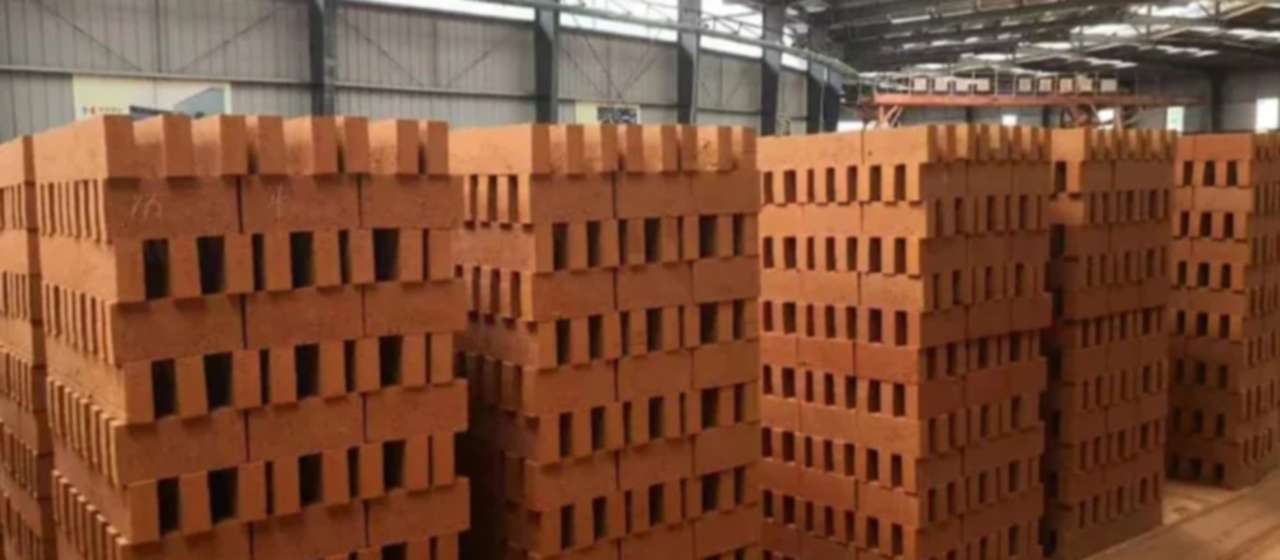
Bricks coming out of artificial drying rooms often have various types of cracks, but not all are caused by drying. For example, spiral cracks, S-shaped cracks, healing cracks, scissor mouth cracks, crescent shaped cracks, and cracks on the four edges during extrusion of clay strips are all mechanical results. The cracks that actually occur due to drying itself are mostly irregular web like cracks, as well as warping cracks caused by uneven drying speed and uneven shrinkage of various parts of the brick body, This situation belongs to the problem of dryness.
The most common problems that occur in artificial drying rooms are mostly during the transition period between spring and summer and autumn and winter, and the most unstable period is also during this period. This often leads to increased damage to the bricks, causing them to fail to dry and collapse, resulting in the inability of the drying room to function properly. Below is an analysis of the reasons for the quality of brick blanks in the drying room, in order to provide everyone with a comprehensive understanding of some dynamics and attention methods during the drying process in the production process:
1、 Master the structure of an artificial drying room
The drying of brick adobe is usually divided into four stages, namely heating, constant rate drying, slow rate drying, and balance. The tasks of each stage are different, and the structural conditions of each stage are completely different.
1. During the heating stage, the drying of the bricks gradually progresses from surface infiltration to internal infiltration. Firstly, remove the skin water, heat it up and vaporize it, which is carried away by the dry hot air. Then, the water inside the brick body moves towards the skin and vaporizes and is discharged. At this time, the temperature of the hot air should not be too high, as it will cause difficulty in transferring internal water. If the skin dries too quickly, it will cause drying shrinkage, and there will still be a lot of water inside the body, which will “expand” and break the skin, resulting in cracks. There are two ways for moisture to move: one is to move from a wet place to a dry place, and the other is to move from a high temperature place to a low temperature place. For bricks that have just entered the artificial drying room, the temperature and humidity inside and outside are the same. If the ambient temperature is too high, the surface will dehydrate, and the internal moisture will move towards the surface layer. However, if the surface temperature is higher than the internal temperature, the moisture will squeeze inward, thereby slowing down the speed of moisture moving towards the surface layer. Therefore, we hope that this stage only heats up and dehydrates less. When the temperature inside and outside the brick rises to the next “constant rate drying” stage, the internal water can quickly move to the surface without obstruction, replenishing the water removed from the surface, so that the inside and outside of the brick can be dehydrated and shrink synchronously, and prevent the occurrence of drying cracks.
2. During the constant speed drying stage, free water is mainly discharged from the bricks. When the overall temperature of the brick rises to a temperature close to that of the surrounding air, the brick enters the stage of constant rate drying. At this time, the dehydration rate on the surface of the brick is equal to the speed at which the internal water moves to the surface, achieving synchronous dehydration, drying, and contraction without cracking inside and outside the brick. At this stage, all the heat obtained from the brick is used for water evaporation, and the temperature of the brick no longer rises. Therefore, the brick only dehydrates and does not heat up during the constant drying stage. This is also a dangerous period for the drying of bricks. During this stage, free water is eliminated from the bricks, and the bricks are also in the rapid shrinkage stage. The bricks have removed 5% of the water they should have removed, and at the same time, the bricks have also shrunk half of their total drying shrinkage. The key to this stage is to timely and appropriately supplement the heat lost due to water evaporation, without causing sudden changes in airflow and brick humidity. Otherwise, cracks will be unavoidable. During this period, it is necessary to adjust the opening of each heat supply gate and the size of the moisture discharge port reasonably to achieve inlet and outlet balance.
3. In the deceleration drying stage, the main purpose of the brick is to remove adsorbed water tightly wrapped around the mud particles. Due to the close combination of adsorbed water and mud particles, dehydration is more difficult and requires more heat, resulting in a significant decrease in drying speed. However, due to the fact that drying shrinkage has basically stopped at this time, the possibility of drying cracks is reduced. It is possible to boldly heat up and accelerate drying.
4. Balanced drying stage. Once the residual moisture in the adobe reaches equilibrium with the moisture in the surrounding air, the moisture in the adobe will no longer be removed and drying will end.
2、 The difference between positive pressure and negative pressure tidal discharge
The artificial drying room with positive pressure and moisture discharge should regularly check and control two key points of 80%. Firstly, the relative humidity of the discharged gas at the kiln inlet should be greater than 80%, preferably 95%, in order to achieve the highest usage value. Otherwise, the nearest 2-3 moisture discharge ports to the inlet end should be temporarily partially blocked to allow the moisture body to move towards the inlet end. At this time, it should be checked every 2 hours or so. Once the relative humidity of the discharged gas at the kiln inlet reaches 95%, it should be slightly uncovered to cover the back moisture discharge port, and attention should be paid to adjusting the gate. Prevent the relative humidity from continuing to rise, causing the bricks on the drying room to become damp and collapse. The second is that the relative humidity of the discharged gas in the middle section of the drying room should be less than 80-85%. Otherwise, these gases with higher humidity will continue to move forward, humidity will continue to increase, and temperature will continue to decrease. When they reach the drying and heating stage, their relative humidity will reach 100%. When encountering cold bricks entering the drying room, it will inevitably cause the bricks to absorb moisture, condense, and in severe cases, collapse. Once it is found that the relative humidity of the discharged gas at this stage is greater than 80%. The moisture outlet of this section should be immediately removed, and the high-temperature airflow should be released and detected at any time. Once the relative humidity of the discharged gas drops below 80%, immediately close the open moisture discharge port to avoid wasting heat and reducing drying efficiency. For manual drying with negative pressure moisture discharge, the zero pressure point must be strictly controlled to prevent drift.
3、 Master the appropriate technical parameters for hot air in artificial drying rooms
When the brick blank enters the drying process, the temperature of the hot air should be adjusted according to the different requirements of various raw materials. The temperature for clay hollow bricks and fly ash sintered bricks is 60-80 ℃. For solid bricks made of shale, coal gangue and other raw materials with a drying sensitivity coefficient of 1-2, it is 100-120 ℃. For hollow bricks, it is 80-100 ℃. For shale bricks and coal gangue bricks with a drying sensitivity coefficient less than 1, it can be adjusted to 120-125 ℃. The exhaust gas temperature is 35-45 ℃, the relative humidity of the exhaust gas is 90-95%, and the air flow rate in the drying room is 1.5m/s-4.5m/s, The heating temperature of the mud is 45-60 ℃ (referring to hot water or steam stirring). It should be noted that the temperature of the bricks entering the artificial drying room must be higher than the humidity temperature of the gas discharged from the kiln inlet to avoid moisture regain and affect the quality of the bricks. The various drying sensitivities of raw materials are different from each other, but for a certain raw material, its drying sensitivity coefficient does not change much and is directly proportional to its plasticity index. Raw materials with high plasticity index often have a large drying sensitivity coefficient, and the more difficult the drying is, the greater the risk of drying cracks. Practice has shown that for bricks with a drying sensitivity coefficient less than 1, the drying time is only 12-20 hours. When the drying sensitivity coefficient is 1-1.5, it takes 20-26 hours. When the coefficient is 1.5-2, it takes 26-32 hours. Once the raw material sensitivity coefficient is greater than 2, it takes 32-48 hours, or more time to dry. Every 1kg of water evaporated requires approximately 1300kcal, which is equivalent to the total heat of 0.186kg of standard coal. We still need a certain amount of air. Every 1kg of water vapor requires 33m3 of hot air at a temperature of 30 ℃ to be taken away. The moisture content of the adobe increases during molding, making it easy to form, but the drying process becomes more and more difficult in the future. So it must be comprehensively considered, otherwise the gains are not worth the losses. Not only that, the greater the moisture content in the forming of the brick, the greater the drying shrinkage, and the greater the risk of drying cracks. Moreover, the higher the moisture content in the forming, the lower the strength of the brick, and the greater the loss during kiln laying. Time has proven that the moisture content in the forming of the brick is 2 percentage points less for the raw materials, and 4-6 percentage points less for the fertile materials, and the strength of the brick will double.
Therefore, under the conditions of allowable brick making equipment capacity, it is beneficial and harmless to minimize moisture and increase the strength of the brick body as much as possible. Reasonable and uniform progress can enable each drying stage to play the role of thermal efficiency, namely heating, constant speed, deceleration, and balance. Each has its own relatively fixed position, forming a reasonable temperature curve, dehydration curve, and pressure curve, so that the wet billet enters the drying room and passes through each stage in a certain time, smoothly completing the entire drying process.

